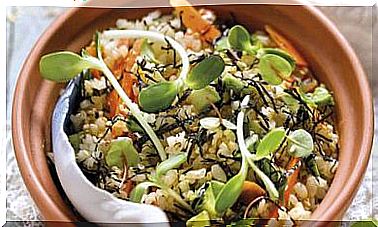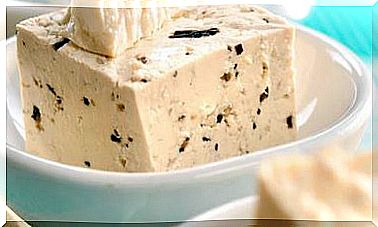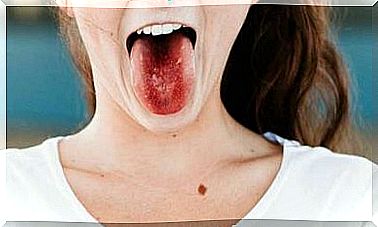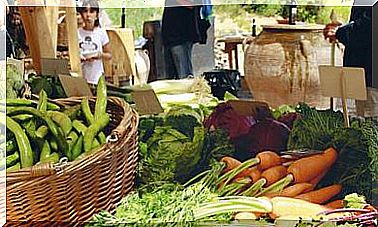What Can You Do To Reduce Acrylamide In Your Dishes
European legislation has just come into force that imposes on industry measures to reduce acrylamide in food due to its carcinogenic effect. But this is formed when cooking, also at home. What can you do to reduce their presence?
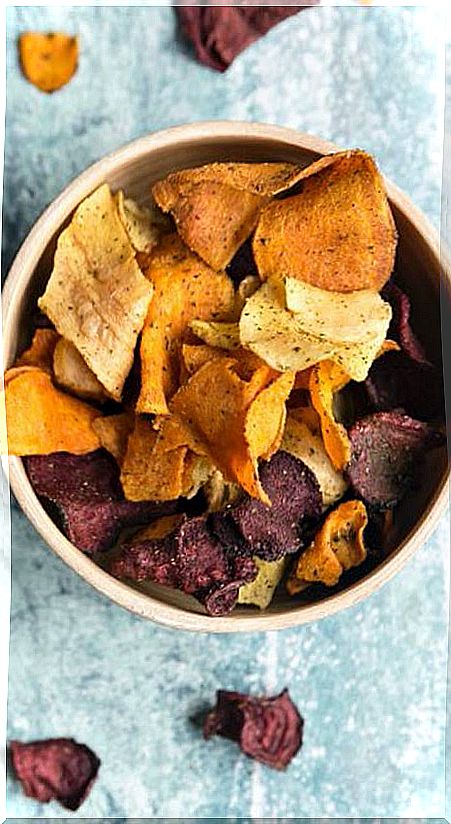
We have recently witnessed how a California judge ruled that coffee shops in that state, including Starbucks coffee shops, should now warn of the carcinogenic potential of acrylamides in coffee.
A few days later, new European legislation has come into force that requires manufacturers and catering companies to take measures to reduce the presence of these substances in many other foods.
Now, acrylamides are substances that are formed in certain foods when cooked at high temperatures, especially when frying or roasting them, as a consequence of what is known as Maillard reactions and that are responsible for making foods turn a golden hue.
They are present in French fries, toast, cereals, cookies, coffee and, in general, foods rich in starch, but not only industrial ones. Nor do we get rid of them if we prepare or cook them at home.
The good news is that at home we can also take steps to reduce their presence.
How to reduce the presence of acrylamides in food
Acrylamide is formed mainly when foods rich in starch are cooked at more than 120 ºC, as a result of some reducing sugars in these foods reacting with the amino acid asparagine.
Completely avoiding this potentially carcinogenic substance is difficult, but we can act by refining the choice of food, applying some tricks when preparing it and, above all, reducing cooking temperatures.
1. Better to boil or steam than fry or bake
The form of cooking in which the most acrylamides are generated is frying. It is followed by toasting and then baking.
Therefore, it is much better to resort to boiling or steaming, which do not generate acrylamides, than to the previous cooking methods.
2. Avoid very high cooking temperatures
As a general rule, when you cook foods rich in starch, avoid high temperatures, especially in frying and baking. The new European legislation sets the industry limit at 170ºC, but remember that acrylamides begin to form especially after 120ºC.
3. Settle for white or a light golden brown
The cooking time is also, along with the temperature, a key factor: the longer you cool or grill the food, the more acrylamides will be generated. Therefore, when you fry or bake something, in addition to moderating the temperature, it prevents the food from browning too much.
If you are one of those who like things churruscadas, forget it! Much better a soft gold than a dark gold and, above all, no black burned areas.
This works for potatoes and everything else: toast, the less dark the better. And the same if you bake some cookies: it is enough that they are done and better if they are clear.
If you get lost and some potatoes burn or the toasted layer of rice sticking to the pan is blacker than necessary, remove the burned parts and discard them.
4. If you are going to fry potatoes, choose low acrylamide varieties
Not all potatoes are the same, and some varieties are more prone to acrylamide formation than others.
According to a study by the University of Reading (United Kingdom), published in the magazine Food Chem, the varieties that produce the most acrylamide when frying are Lady Blanca, Harmony, Desirée and Russet.
In the lower echelon, the potato varieties with the least acrylamides are Lady Claire, Verdi and Daisy.
5. Before frying the potatoes, cut them up and soak them
You may not be able to find the varieties you are looking for, but do not despair. You have other ways to reduce the asparagine content of potatoes before cooking, which will also reduce acrylamide production.
Basically, it is about letting them soak or blanching them before frying or baking them. Potatoes will be whiter (they will not blacken in contact with air when raw) and then they will generate less acrylamides
According to a British study published in Science of Food and Agriculture in 2008, just washing potatoes before cooking reduces acrylamide formation by 23%.
But the reduction is much greater if they are soaked: 38% less acrylamides if they are soaked for half an hour and 48% if they are left for two hours. Of course, the reduction is no longer effective if the potatoes are then fried until they are dark.
The American Cancer Association recommends cutting them before soaking and leaving them for at least 15 to 30 minutes.
Do not forget to dry them well afterwards to avoid splashing the oil.
6. Don’t keep potatoes in the fridge
Even if your kitchen is very hot in summer, storing potatoes in the fridge is not a good idea. Later, when you cook them, they will generate more acrylamides.
Always store potatoes in a cool but not refrigerated place, such as a cupboard or pantry. If possible, also choose a dark place to prevent them from germinating.
The storage time does not appear to affect levels of acrylamide, but that germinate. Avoid it.
7. If you buy the chips already …
Among the potato chips, choose the least toasted and, if you also want to avoid those that contain more fat, opt better for the smooth ones than for the wavy ones.
If you buy frozen potatoes, follow the manufacturer’s instructions and the advice mentioned so far well. In any case, French fries are preferable to baked chips, which usually have more acrylamide.
8. Learn to dehydrate and make your own chips and crackers
In addition to potato chips, crackers and different crackers are some of the foods in which high levels of acrylamides have been detected .
By learning to dehydrate you can make your own chips and crackers that are much healthier and more nutritious, but equally tasty and crunchy. The dehydrator does not exceed 40-42 ºC, which better preserves the nutrients of the food you use.
You can make chips with vegetables like beets, sweet potatoes, or even kale. Seeds and nuts are ideal for breads and crackers, although the possibilities are multiple.
9. Coffee, better dark and of the Arabian variety
The roasted coffee, which is made by adding sugar to the roasted grain contains more acrylamides coffee roasting natural.
High levels of acrylamides have also been found in instant coffees.
As for naturally roasted coffees, acrylamides cannot be avoided, but there are degrees.
Coffee roasting can be lighter or more intense. The more intense, the darker the coffee will be. Paradoxically, in this case, higher levels of acrylamide are found in light roast coffees, that is, in the lighter ones. And less so in those with an intense roast, such as those used to make espresso coffees. This is due to the fact that in the case of coffee, acrylamide is formed at the beginning of roasting and then it is decomposed and eliminated.
The blend coffee blends roasted coffee roasted coffee, so to reduce exposure to acrylamide it is preferable to choose one of roasting natural, unadulterated.
Regarding the varieties, it is convenient to give preference to the Arabian variety over the robust one, since the latter produces more acrylamide.
But above all remember that …
- Although following these tips will reduce your exposure to acrylamide at home, the best measure is to reduce the consumption of fried foods, roasted, grilled, baked at high temperatures and processed foods.
- Unroasted nuts, seeds, or fruit are healthier snacks than chips or cookies for many other reasons. And they are acrylamide free!

